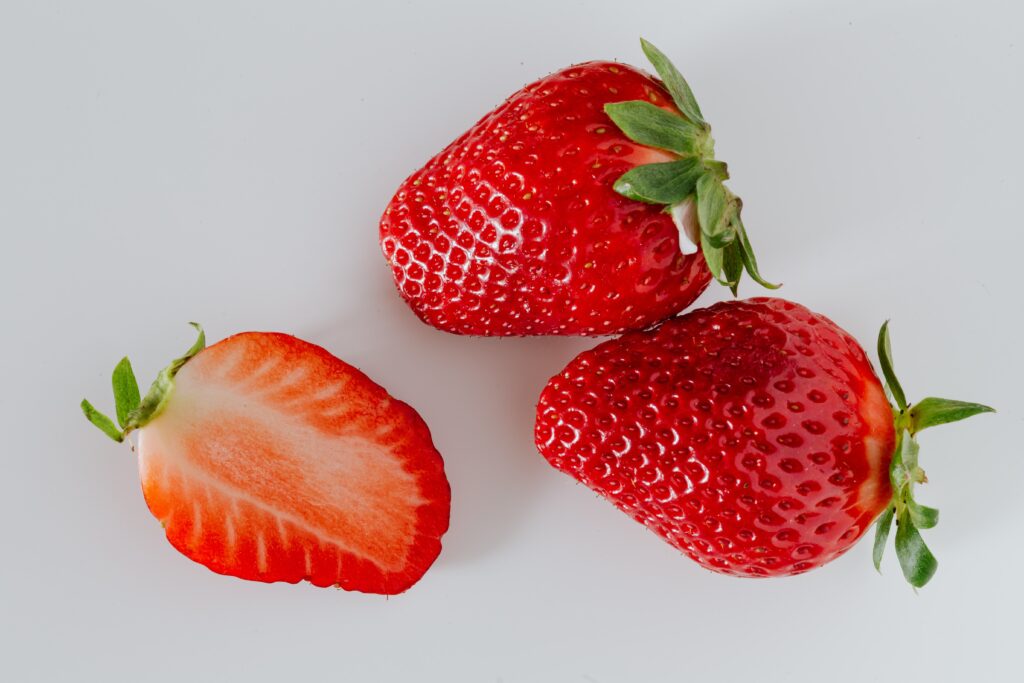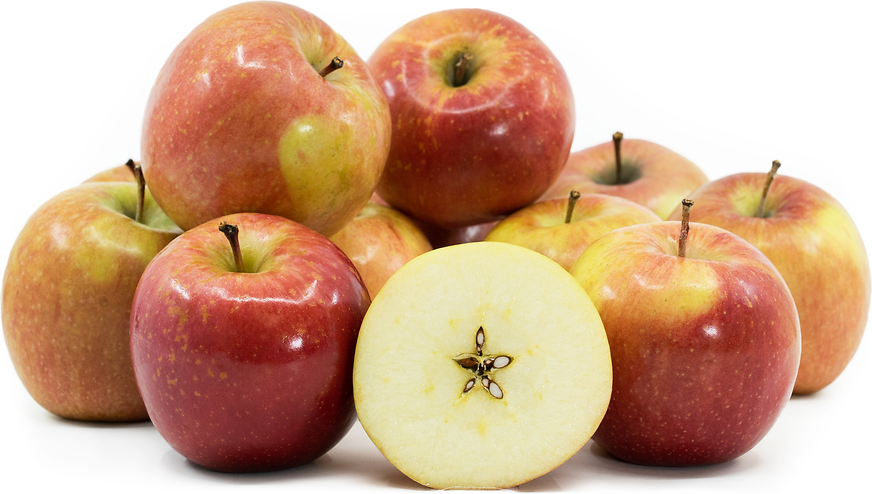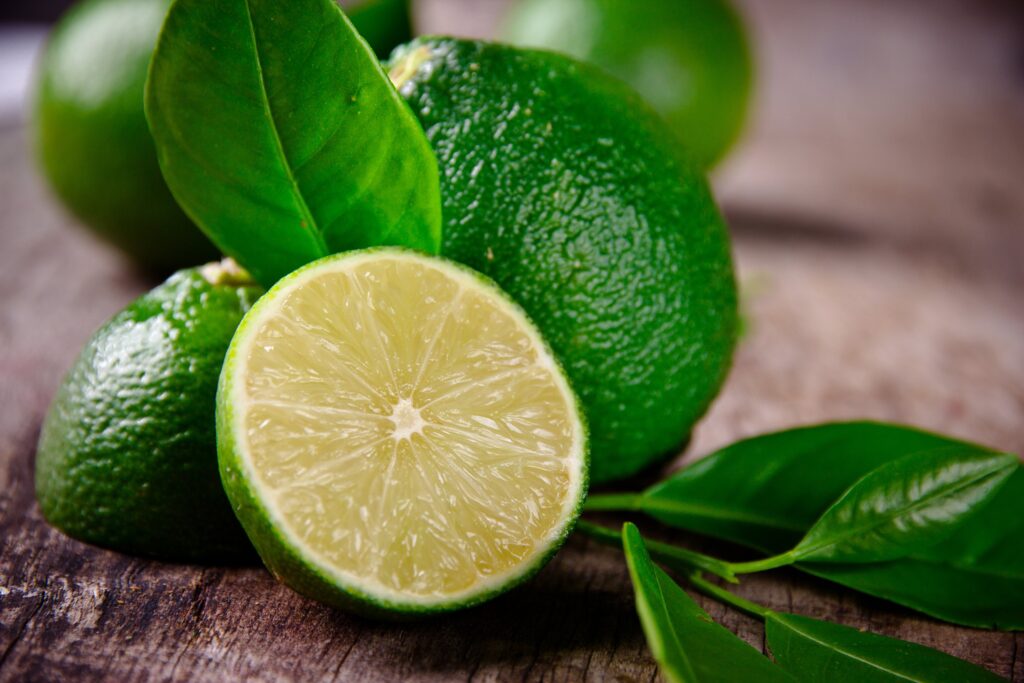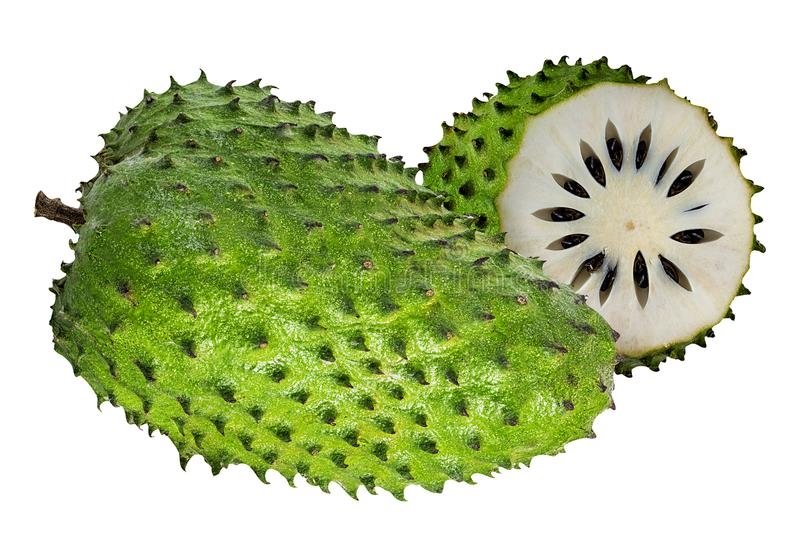Grapes are delicious and popular all over the world. People like them because they are sweet and juicy, and they can be used in many different ways. This article talks about whether grapes are more acidic or alkaline and how their pH level can affect your health.
Table of Contents
- Understanding pH Levels
- Grapes and Their pH
- Different Kinds of Grapes Have Different Acidity
- Riper Grapes Are Less Acidic
- The Importance of Grape Acidity
- 1. It’s Key for Making Wine
- 2. It Can Affect How Our Bodies Use Nutrients
- 3. It Changes How Grapes Taste
- 4. Acidity Impacts Your Health
- How to Make Grapes Less Acidic
- Grapes: A Flavorful Balance of Acidity
Understanding pH Levels
The pH scale tells us if something is acidic or alkaline. It goes from 0 to 14. Things with a pH less than 7 are acidic, and things with a pH more than 7 are alkaline. A pH of 7 is neutral—that means it’s right in the middle, not acidic or alkaline.
Grapes and Their pH
Grapes usually have a pH between 3.3 to 4.5, which means they are acidic. They get their sour-sweet taste from acids like malic acid, tartaric acid, and a bit of citric acid.
Different Kinds of Grapes Have Different Acidity
The pH level can change depending on what type of grape it is. For instance, Concord grapes, which are really bold and fruity, have a pH from 3.2 to 3.8. They are quite acidic. Green Thompson grapes are also on the acidic side, with a pH from 3.3 to 4.2.
Sweet table grapes, like Flame grapes, have a pH around 3.5 to 3.9. Crimson grapes are bigger and not as sour, with a pH from 3.8 to 4.5. The pH of white wine grapes also tends to be lower, meaning they’re more acidic. So, the type of grape really matters when it comes to how acidic it is.
Riper Grapes Are Less Acidic
How ripe a grape is will also change how acidic it is. Grapes that aren’t fully ripe have more acid, but as they get sweeter and more ripe, their pH goes up and they become less acidic. This means that when grapes are picked early and are still a bit green, they will taste more sour than those left to ripen fully on the vine.
The Importance of Grape Acidity
There are a few reasons why grape acidity matters a lot:
1. It’s Key for Making Wine
In wine-making, the acidity of the grape is really important for how the wine ferments and how it ends up tasting. Winemakers might pick the grapes early when they’re more acidic to get the kind of tartness that’s good in wine. White wines often use grapes with a lower pH compared to red wines.
If grapes are too acidic, the wine might taste too sour, so winemakers might add special ingredients during the winemaking to make the taste just right.
2. It Can Affect How Our Bodies Use Nutrients
When we eat grapes, their acid levels can change how our bodies absorb vitamins and minerals. Vitamins like Vitamin C and minerals like potassium might be easier to use because grapes are acidic. But, that same acidity might make it harder for the body to take in minerals like iron, calcium, and magnesium found in the grapes.
3. It Changes How Grapes Taste
How tart or sour grapes are affects how we enjoy eating them. Some people really like the sharp, fruity zing of acidic grapes such as Concord and Thompson. Others might prefer sweeter grapes with less acid, like Crimsons, which kids might like too. Choosing grapes based on how acidic they are can help you find the kind that tastes best to you.
4. Acidity Impacts Your Health
Grapes are known to be in the acid-forming foods group. Eating a lot of foods from this group could disturb the body’s balance between acid and alkaline, leading to too much acid in the body, which can cause health problems.
But grapes also have antioxidants and other good things that might help balance out the acid. So eating grapes in a balanced way, as a part of a healthy diet, can be a good choice.
How to Make Grapes Less Acidic
If you want to make grapes less sour, here are some things you can try:
- Pick grape types that are not very acidic, like Crimson, Cardinal, or Muscat grapes.
- Wait until grapes are all the way ripe before you pick them.
- Wash grapes with water to wash away some of the acid on their skin.
- Stay away from grapes that are picked early in the season since they’re more likely to be sour.
- Combine grapes with fruits that are sweeter, like mangoes, pineapples, or berries.
- Pair grapes with creamy cheeses, nuts, or yogurt to make them taste less acidic.
- Add a little bit of honey, maple syrup, or agave nectar to sweeten the grapes.
- Soak grapes in water to help create a less acidic grape-flavored water.
- Choose red wine grapes, which are generally less acidic than the grapes used for white wine.
Grapes: A Flavorful Balance of Acidity
Grapes have a special tart and acidic taste that’s different from other fruits. If you know about their pH levels, you can decide which types are best for you, whether it’s for cooking, health reasons, or just snacking. You can combine grapes with other foods to enjoy their sour taste and get the most out of their health benefits.
Grapes have a tart flavor because their pH is between 3.3 and 4.5. The types of acid in grapes, like malic, tartaric, and citric, can vary based on which grape it is and how ripe it is. The acidity affects things like wine making, how well our body can use the nutrients in grapes, their taste, and our health.
Although grapes are naturally sour, you can make them taste less acidic by picking certain types, letting them ripen more, washing them, or mixing them with sweeter things. Knowing about the pH of grapes helps you choose the right balance of sourness for you to enjoy their lively taste.









